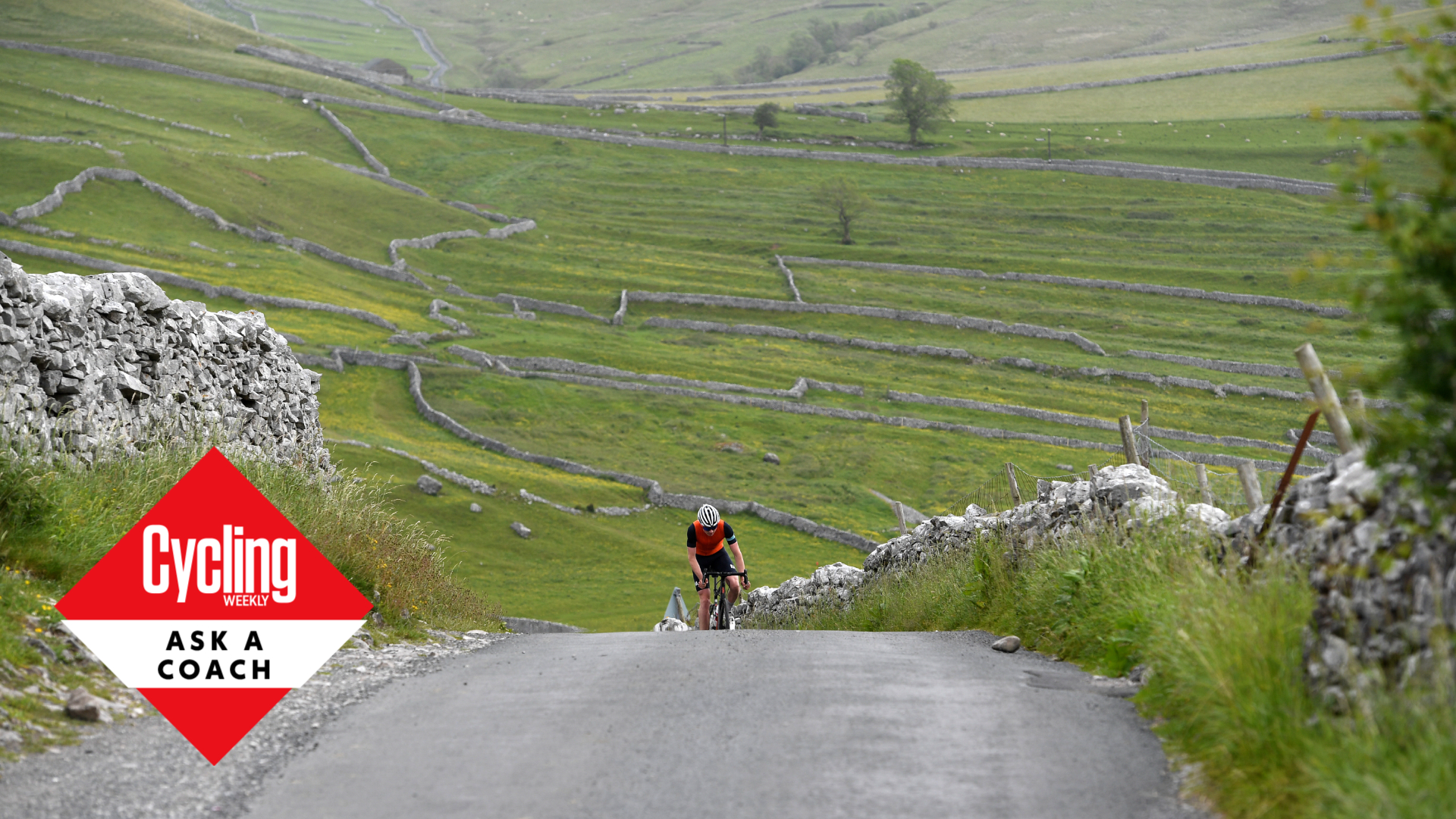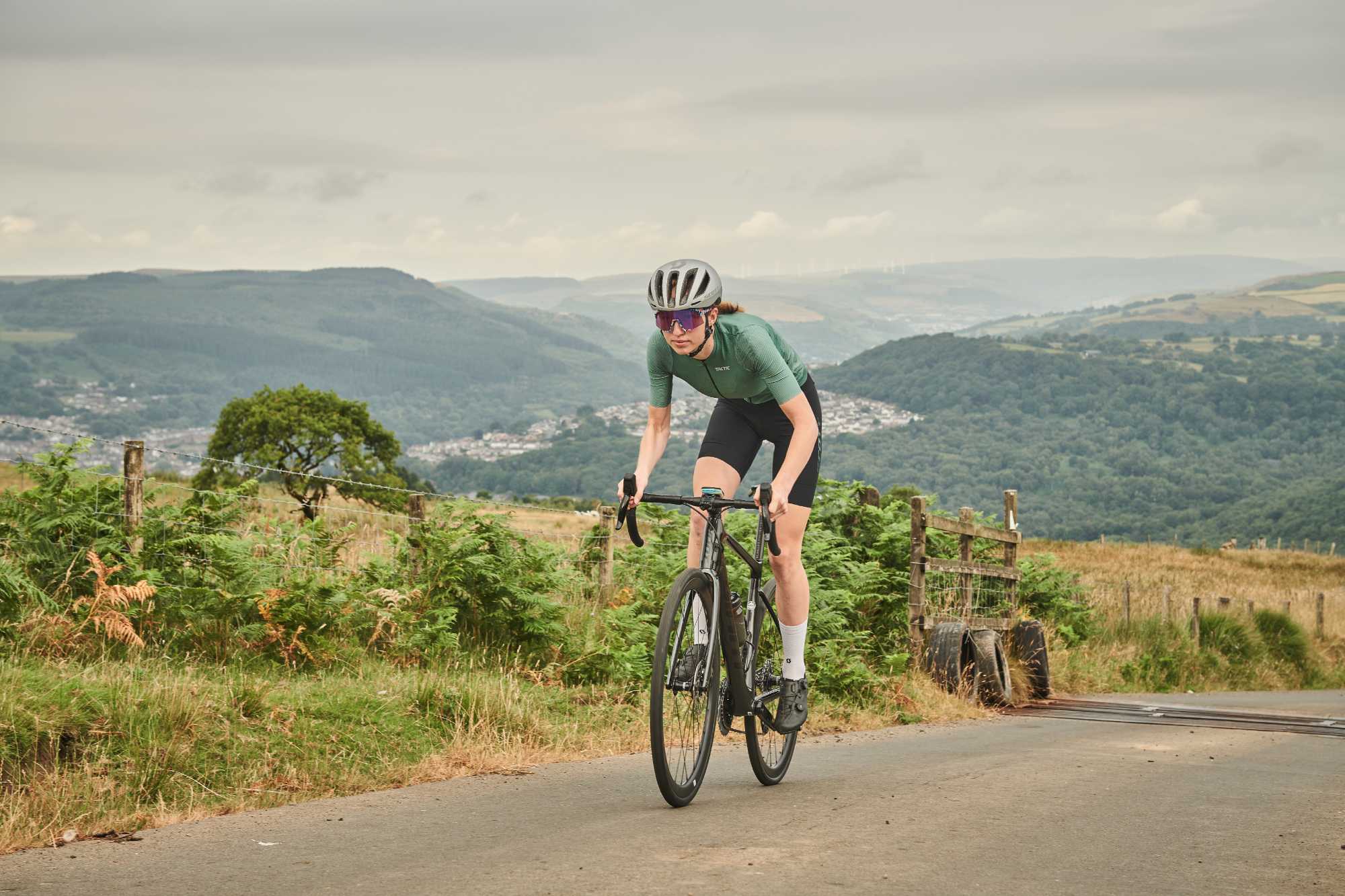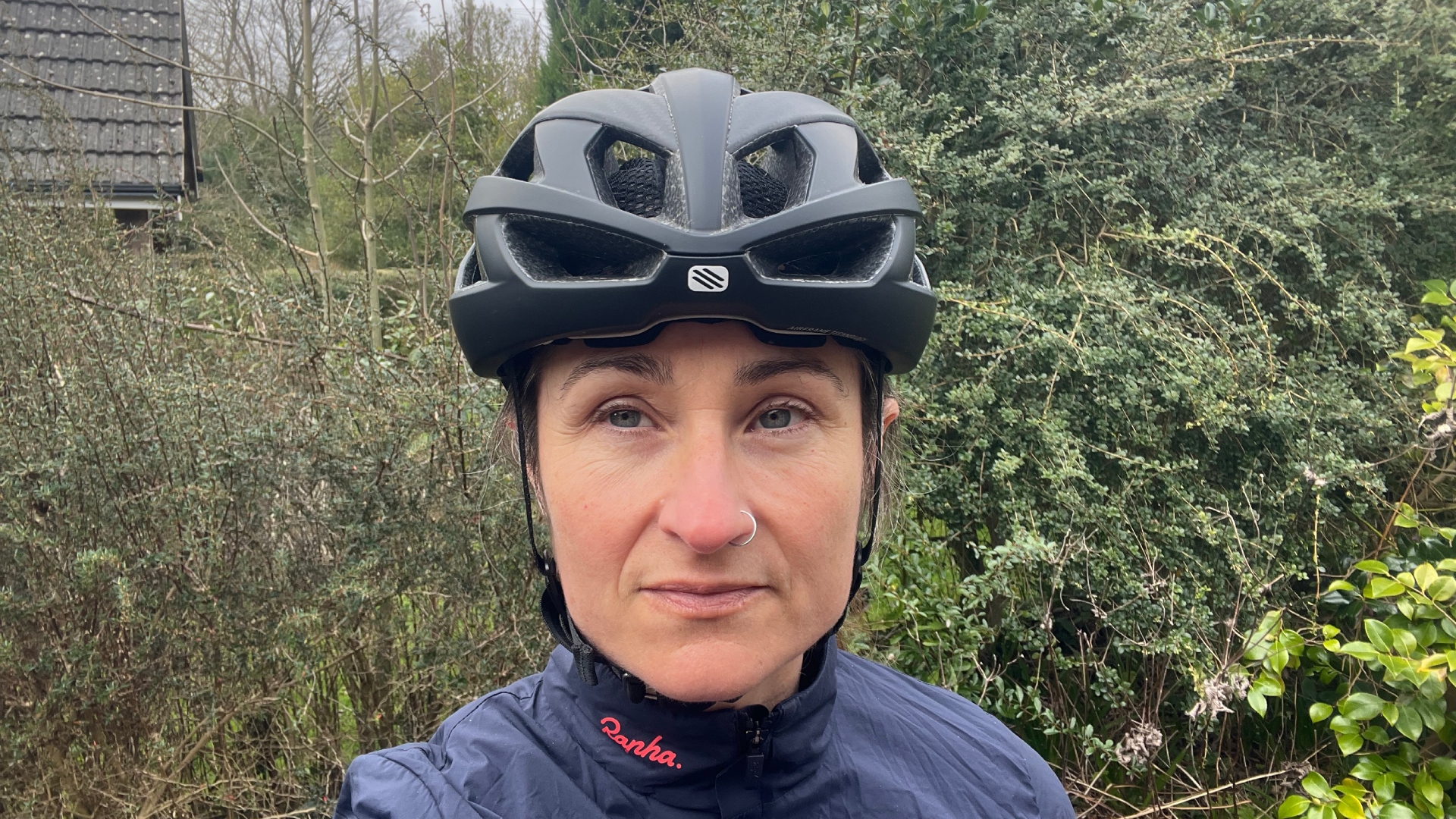Ask a coach: '15% gradients destroy me, how can I get stronger on the steepest of climbs?'
The reason we all struggle on steep climbs is related to torque - and not power. Here's what you need to focus on instead


Pretty much everyone one of us has a nemesis climb, and more often than not it's a darn steep blighter! But why is it that steep climbs feel so much harder, and how can you improve on them? Cycling coach James Spragg runs through what you need to know...

Sports scientist and coach James Spragg is one of the experts who will be answering your questions in Cycling Weekly's ASK A CYCLING COACH series which comes out every Wednesday. Working both in research and applied settings, he currently runs Intercept Performance Consultancy.
We talk a lot about power output in cycling, however (in my opinion) we should be considering power as a product of its component parts, torque and cycling cadence. Simply put, torque can be considered as how hard you are pushing on the pedals and cadence as how quickly.
When we go up a steep climb, the speed is relatively low, therefore the primary thing we are having to overcome is gravity. The steeper the climb the more vertical displacement or gain in height we achieve with each pedal stroke. Achieving more vertical displacement in the space of one pedal stroke means we need to put in more force.
Torque can be thought of in the same way as power. We all have a max torque in the same way as we have a peak sprint power, and likewise, we all have a sustainable torque in the same way we have a sustainable power, your Functional Threshold Power (FTP) or Critical Power (CP). The issue on steep climbs is that often we are forced to push on the pedals much harder than our sustainable torque. This is a little bit like riding above threshold – it hurts!
Torque - cadence - power relationship
There is a linear relationship between the force you can produce and the cadence at which you pedal. As you pedal faster you are actually able to produce less force.
However, because power = torque x cadence, this is what we call a parabolic relationship between cadence and power. That’s just a fancy way of saying that there is an optimal cadence for each power output. Typically, peak power occurs at 120-130rpm and most riders will ride at around 80-90rpm at threshold.
At least in England, steep climbs typically tend to be short affairs that take less than 10 minutes; so you want to be going up them above threshold power. That means that the optimal cadence is higher than at threshold power.
Get The Leadout Newsletter
The latest race content, interviews, features, reviews and expert buying guides, direct to your inbox!
Going up the climbs at high power outputs means that you will be gaining height quickly. Remembering what we now know about vertical displacement; a lot of height gain per pedal stroke means you need to produce a lot of force.
This force requirement is likely well above the force you can produce sustainably at >80rpm and so you are forced to slow down your pedalling (remember we can produce higher torque at lower cadences). Suddenly now you can produce your high-power output but you will be doing so at a much lower cadence. This new cadence is well below the optimal cadence for your current power output and therefore it’s a struggle. Hey presto – you're suffering!
What to do to improve on steep climbs

Well firstly, we all know that feeling when you try and shift but find out that you have run out of gears, and if this is happening to you then your gearing may be an issue. If you are attempting to performance on steep climbs it might be worth investing in a smaller chainring or larger cassette - some of us, myself included, might need both!
Having a lower smallest gear means we can limit the height gain of each pedal stroke – reduce the torque requirement and stay at a more optimal cadence.
The second thing we can do is train. Force production is relatively easy to train. All we need to do is ride at lower cadences than normal. There is probably a reason that ‘strength’ or ‘torque’ efforts have been a staple session for cyclists for years.
To do these sessions effectively, I would recommend intervals where you ride above threshold power at a cadence lower than you would typically use in a 10 min all-out effort.
There is no need to go mad and try and produce power at 30rpm (remember we don’t want to injure ourselves!)
A really nice session is 3 x 5 mins at 110% of CP/FTP and 15-20 rpm below your freely chosen cadence in a 20 min test.
Conclusion
So the reason we all struggle on steep climbs is related to torque and not power. To get better, firstly make sure you have the right gearing and secondly train at lower cadences with high power outputs – remember though, don’t go mad, be kind to your knees.

Thank you for reading 20 articles this month* Join now for unlimited access
Enjoy your first month for just £1 / $1 / €1
*Read 5 free articles per month without a subscription

Join now for unlimited access
Try first month for just £1 / $1 / €1
James Spragg is a sports scientist and coach, working both in research and applied settings. When not working with athletes James can be found skiing, climbing, cycling or drinking coffee!
Alongside Dan Lorang and Peter Leo, James runs Intercept Performance Consultancy. Over the last 8 years in various roles, as coaches, performance consultants, performance managers, and sports scientists, Dan, James and Peter have played a role in helping athletes achieve more than 10 World Championship titles, several Olympics medals (including a Gold and Silver Medal in Tokyo 2020) and several Top 5 results in some of the biggest sporting events on the planet (Tour de France, Olympics, World and European Championships). Our single focus is on improving performance in all settings.
-
 Rudy Project Rebel bike helmet review
Rudy Project Rebel bike helmet reviewRebelling against the solid shell oversized helmet fashion, the Rudy Project Rebel goes big on ventilation and breathability, but there is a weight penalty
By Hannah Bussey Published
-
 'I wanted to be world and Olympic champion – my parents made me feel that it was possible': Meet Sophie Capewell and her gold medal-winning mum
'I wanted to be world and Olympic champion – my parents made me feel that it was possible': Meet Sophie Capewell and her gold medal-winning mumSome mothers and daughters make memories together. The world-beating Capewells make history too. Tom Davidson meets the extraordinary duo
By Tom Davidson Published